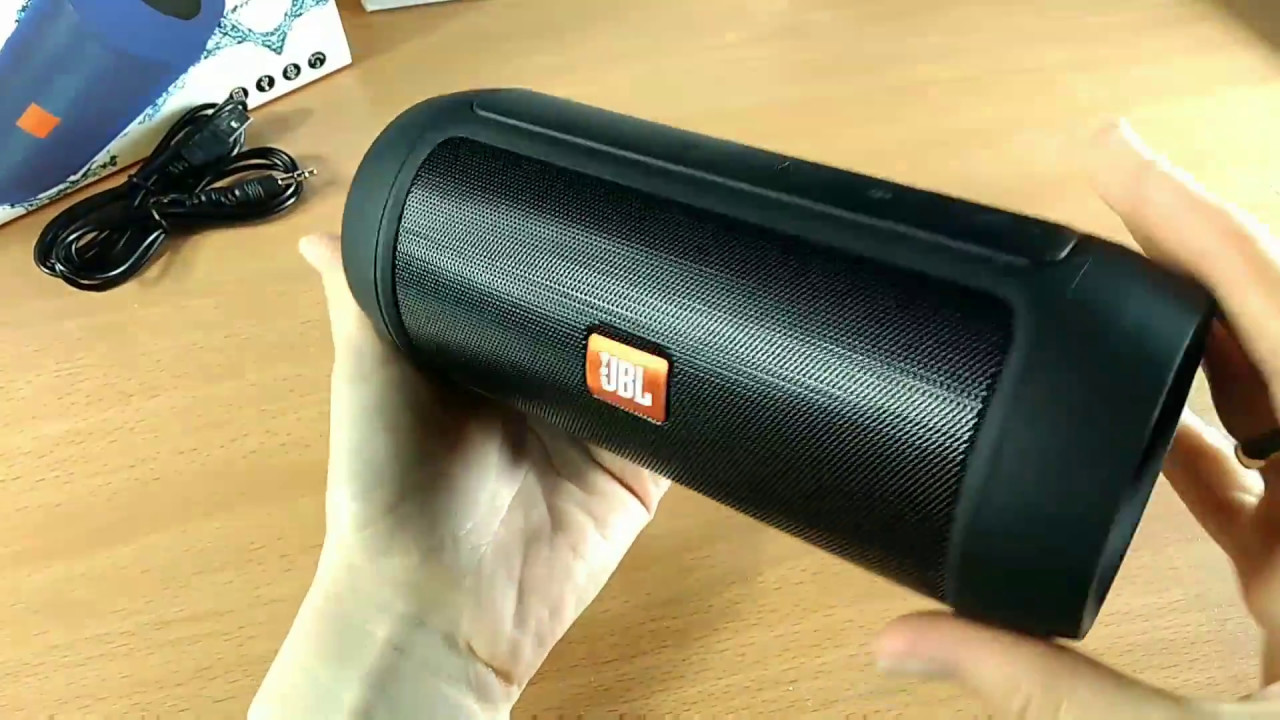How to choose an amplifier for speakers
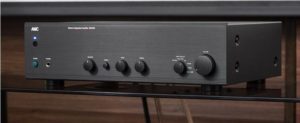 Sound is an integral part of human life. Thanks to it, a person can get a complete picture of what is happening around him. Despite the fact that recently active speakers with a built-in amplifier have become increasingly popular, it is passive acoustics of the Hi-End and Hi-Fi class that allows you to fully enjoy your favorite musical compositions. High quality speakers do not have a built-in amplifier, so you need to purchase it separately.
Sound is an integral part of human life. Thanks to it, a person can get a complete picture of what is happening around him. Despite the fact that recently active speakers with a built-in amplifier have become increasingly popular, it is passive acoustics of the Hi-End and Hi-Fi class that allows you to fully enjoy your favorite musical compositions. High quality speakers do not have a built-in amplifier, so you need to purchase it separately.
The content of the article
What criteria should you consider when choosing an amplifier for speakers?
To achieve good sound, you need to choose the right receiver. This is not so easy to do, because many nuances must be taken into account.
Amplifier and speaker balance
To achieve ideal sound, it is necessary to maintain a balance between the performance of the speakers and the amplifier. The sound amplifier sounds optimally at 70% of its rated power.
This leads to the rule - the receiver should be about 60% more powerful than the speakers. It is this difference in power that allows for minimal audio signal distortion.This theory is based on many years of experience as users of audio systems. Basically, it applies to receivers whose operation is based on microcircuits or lamps. If the power difference is higher than this value, the amplifier will begin to overheat.
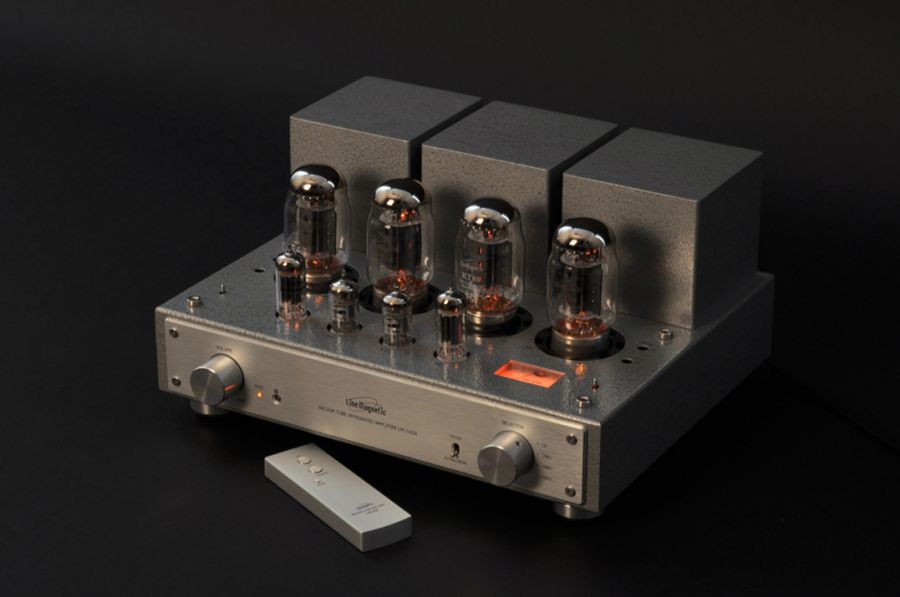
ATTENTION! Long-term operation of the system with a difference in power of more than 60% leads to failure of the device!
Selection of amplifier power, depending on the area of the room
Rated power is one of the main characteristics that should be taken into account when deciding which sound amplifier to choose. In order to determine the required value, you must first determine the purpose of use and the area of the room in which the equipment will be installed:
- When using acoustics in residential premises of standard sizes that do not have additional sound insulation, you should rely on the rule - approximately 3 watts per square meter. This value is optimal. It will allow you to fully enjoy listening to music without disturbing others.
- If the receiver is selected for large rooms or open areas, then its power should be significantly higher. In this case, you need to rely on the technical characteristics of the speaker system. You need to pay attention to the impedance of the speakers. The ideal option is a receiver designed for an impedance higher than that of the existing system. This will make the sound better and louder.
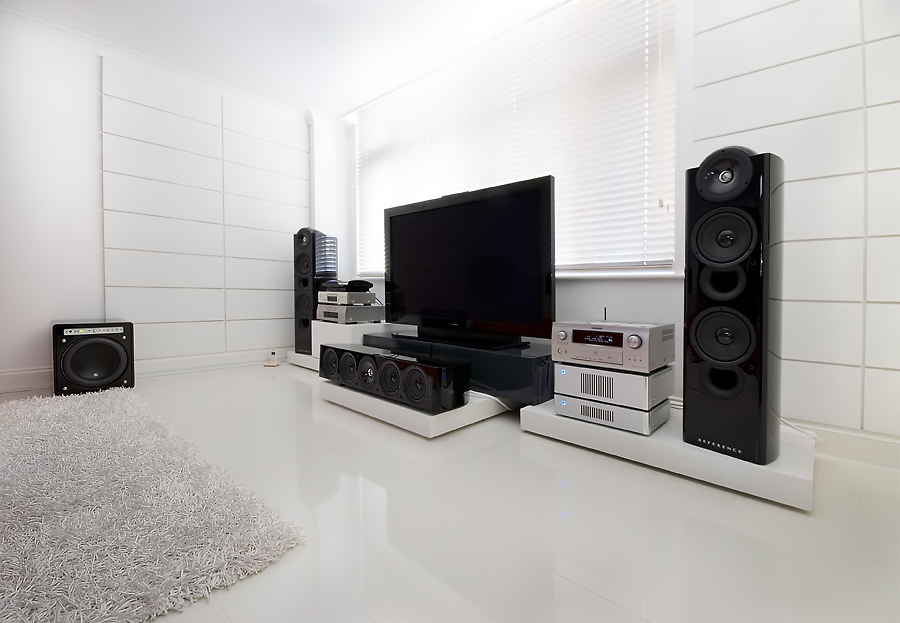
Accounting for technical characteristics
In addition to power, all amplifiers have a number of other characteristics. These include:
- Distortion level. Hi-End equipment has a value of 1%. For optimal sound, this value should not exceed 3%.
- Damping. This characteristic refers to how much the receiver can suppress speaker vibrations. It is advisable to purchase equipment with a damping of at least 100.
- Noise. Responsible for how much interference there will be at high volumes. The higher the value, the less interference there will be.
- Frequency range. A person perceives sounds in the range from 20 to 20,000 GHz. When purchasing an amplifier, you should choose models with a higher frequency, approximately twice as high as 20,000 GHz.
Extra options
In addition to the main technical characteristics, when purchasing a device you need to pay attention to other parameters:
- Build quality. The ideal option is a product body made of metal. All adjustment knobs must be securely locked. A cooling system is also required.
- All connections to acoustics must be made with high quality. Budget options use terminals made from inexpensive materials. During use they often oxidize. This results in sound distortion. To avoid this, you need to purchase high-quality terminals. They have a large contact area and are secured with bolts.
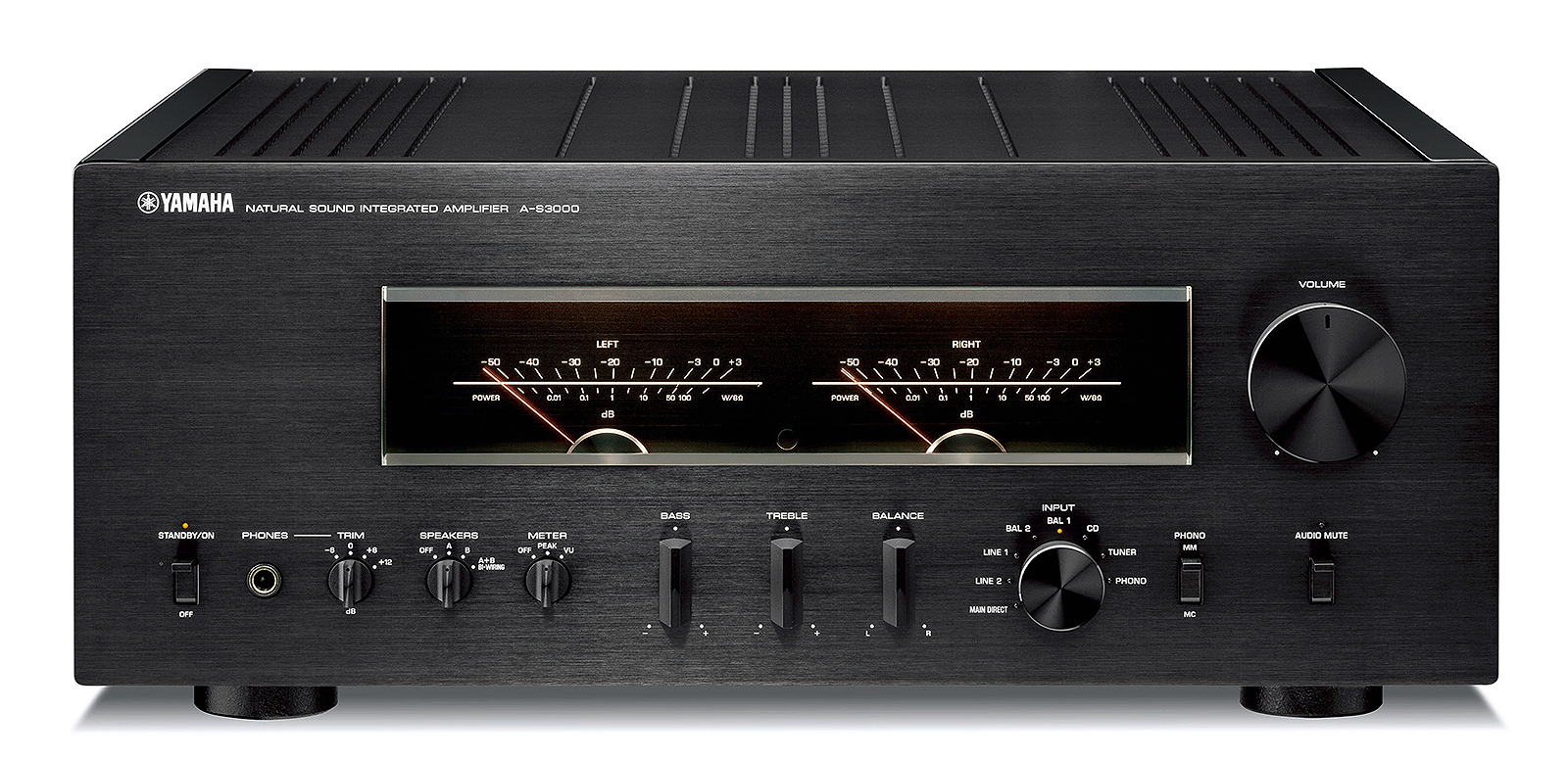
Amplifier classification
All amplifiers are divided into two types: analog and digital. Due to their design nuances, each of them provides a different sound:
- Analog. These include tube amplifiers. Such devices add their own flavor to music, so they are more suitable for listening to vinyl records or audio cassettes.
- Digital. This is a more modern option. It transmits clear sound, without the distortion inherent in tube sound. It is the best option for listening to modern music.
Choosing an amplifier for a car
Not a single, even the most expensive receiver and high-quality acoustics can provide good sound in a car. This is due to the small area, poor ventilation and temperature changes.
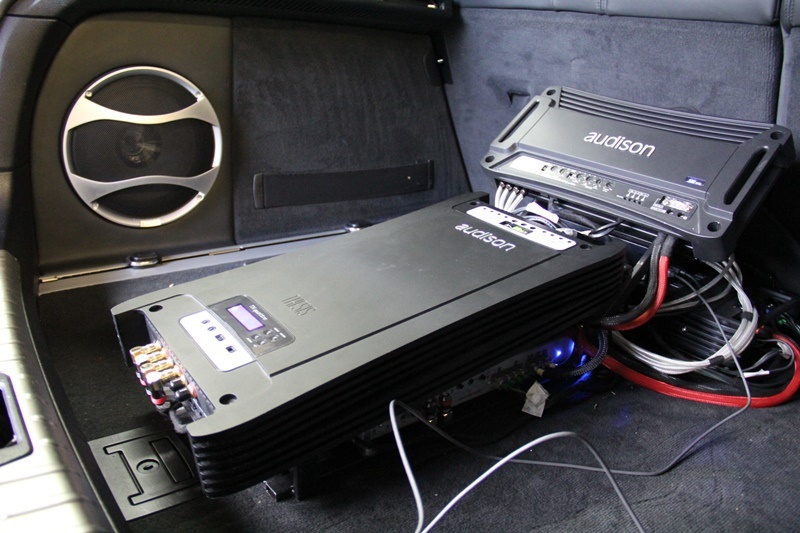
ATTENTION! When selecting equipment for a car, you need to take into account the same conditions as when choosing acoustics for your home. But taking into account some nuances. Since the car has a complex structure, the installation of a multi-channel system is required. Therefore, each node will require its own amplifier.
What can happen if the amplifier is chosen incorrectly
Since impedance and power are the main characteristics of the amplifier, they are the determining factors when choosing. If you purchase a device that does not match the speakers with these parameters, this may lead to failure of the receiver. Therefore, for power, the optimal value will be 60% of the speaker rating, and the resistance value should be the same on the receiver and acoustics. In this way, you can achieve ideal sound without the products breaking down.
When choosing the optimal amplifier option, you should carefully study all its technical characteristics. This is the only way to purchase a device that will provide the best sound quality.





